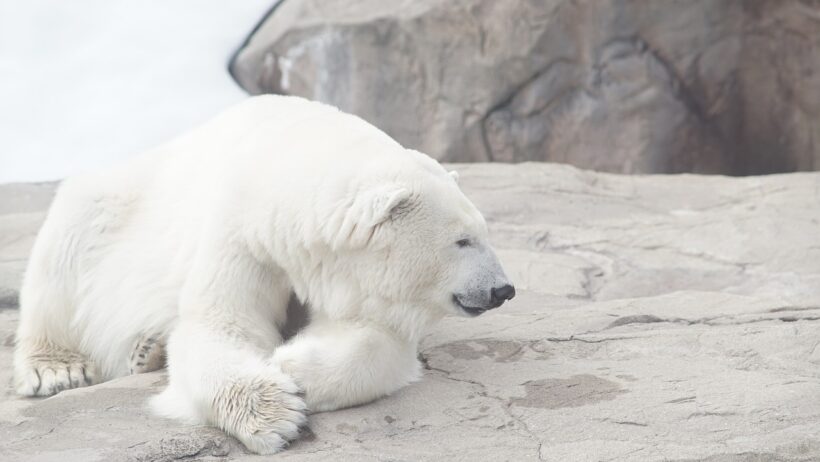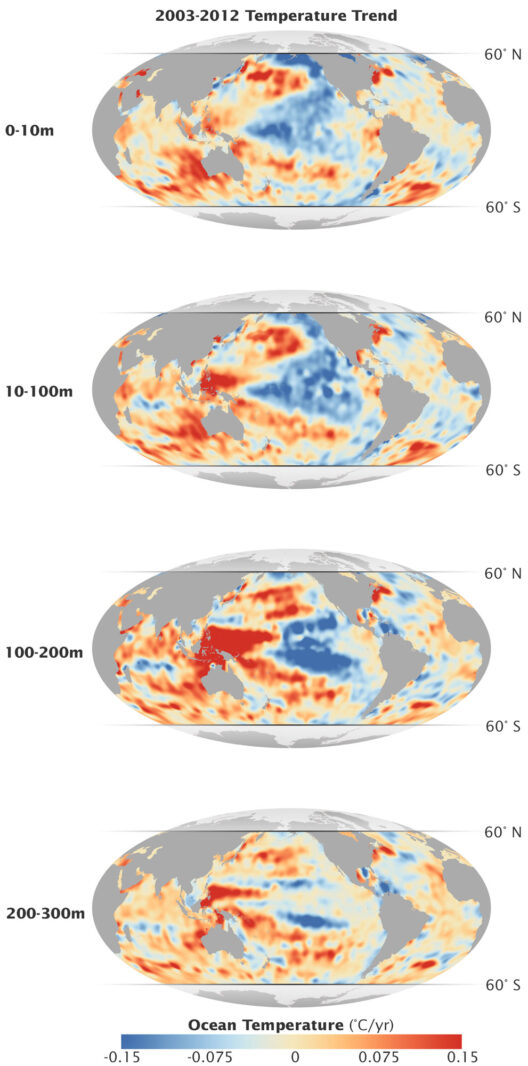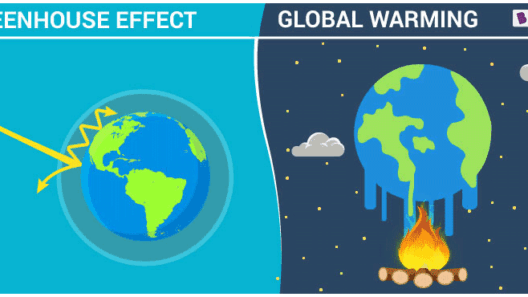Polar bears (Ursus maritimus) are emblematic of the Arctic region, embodying the fierce beauty and resilience of the icy wilderness. Their very existence has long been intertwined with the polar environment, a habitat characterized by frigid temperatures and vast expanses of sea ice. This unique ecosystem has historically allowed polar bears to thrive, showcasing their evolutionary adaptations. However, the narratives of their lives prior to the alterations brought forth by global warming are crucial in understanding not just their biology, but also the implications of climate change on biodiversity.
To appreciate how polar bears lived before the advent of global warming, one must first acknowledge their ancestral lineage. Evolving from brown bears approximately 300,000 years ago, polar bears adapted to an environment that demanded a complex set of skills and behaviors. Unlike their terrestrial cousins, their bodies underwent significant transformations; they developed a thicker layer of blubber and dense fur to insulate against the piercing cold, enabling them to maintain core body temperature. This adaptation allowed them to hunt and reproduce effectively in one of the harshest climates on Earth.
In the Arctic, polar bears have always relied heavily on the presence of sea ice, which serves as both a platform for hunting seals— their primary prey—and as a breeding ground. The sea ice forms at the edges of the continent and provides a vital habitat for both the bears and the marine life they depend upon. Observing polar bears in their natural habitat prior to the extensive melting of ice reveals their hunting techniques, which are both strategic and patient. They utilize a method known as “still-hunting,” wherein they remain motionless by breathing holes or at the edge of drifting ice, waiting for a seal to surface. This practice underscores their remarkable adaptation to the rhythm of the ice and their prey’s behavior.
The social structure of polar bears is another fascinating aspect of their pre-global warming existence. Typically considered solitary creatures, polar bears may congregate in areas of abundant food, particularly during the summer months. Mothers exhibit strong maternal bonds to their cubs, often raising them in dens that they excavate in snow or on elevated ice ridges. The nurturing of two cubs at a time is common, providing a stable lineage that has allowed polar bear populations to sustain themselves over millennia. The nurturing practices also hint at the bears’ cognitive capabilities, showcasing their ability to navigate the complexities of hunting, parenting, and survival in their dynamic environment.
The rhythm of the seasons played a significant role in the lives of polar bears. Historically, they synchronized their reproductive cycles with the optimal hunting conditions provided by the presence of sea ice. Mating typically occurs in late spring, with cubs being born in late winter. The rich seal population during the late spring and summer months afforded the mothers an opportunity to effectively nourish their young. The cyclical ebb and flow of nutrients within the ecosystem also ensured that not only polar bears but also other species, like walruses and various seabirds, thrived alongside them, creating a complex web of interdependence.
However, the narrative of polar bears before the impacts of global warming also reveals an intricate relationship with their environment, characterized by ecological resilience. Evidence suggests that polar bears have adapted their feeding habits based on the changing availability of prey and seasonal ice patterns, showcasing their flexibility and intelligence. They exhibit a remarkable ability to forage for different food sources, including bird eggs and carcasses, when traditional prey becomes scarce. This ecological plasticity aids in their survival, reiterating the importance of diversity in diets for wildlife adaptability.
As the ramifications of climate change become ever more pronounced, understanding the historical context of polar bears allows for a greater appreciation of the transformations these creatures face. The reduction of sea ice not only diminishes their hunting grounds but also affects the overall health of polar bear populations. The implications extend beyond polar bears to the entire Arctic ecosystem, highlighting fragile interconnections that sustain countless species. As primary predators, polar bears play an integral role in maintaining the balance of their ecosystem. The decline of their populations can lead to unforeseen consequences cascading through the Arctic marine system.
Moreover, the fascination with polar bears serves as a poignant reminder of the fragility of nature in the face of anthropogenic influences. Observing these magnificent creatures and their historical lifestyle fosters a profound relationship with nature, urging a reflection on the responsibilities humanity bears towards conserving habitats and mitigating climate change effects. The immense beauty of the Arctic landscape presents a stark contrast to the grim realities confronting polar bears today.
In conclusion, polar bears had evolved a mysterious yet intricate existence before the escalation of global warming altered their land and livelihood. The striking adaptations, maternal instincts, and dietary flexibility showcased the resilience and depth of their ecological role. As the climate crisis unfolds, acknowledging their former lives becomes paramount in fostering a desire to protect their future. Ensuring a stable Arctic ecosystem not only safeguards polar bears but also champions the myriad species reliant on this ever-changing environment. Through education, advocacy, and action, humanity has the capacity to alter the trajectory of our planet, ensuring that generations to come can witness the grandeur of polar bears roaming freely across the Arctic ice, emblematic of a world worth preserving.







